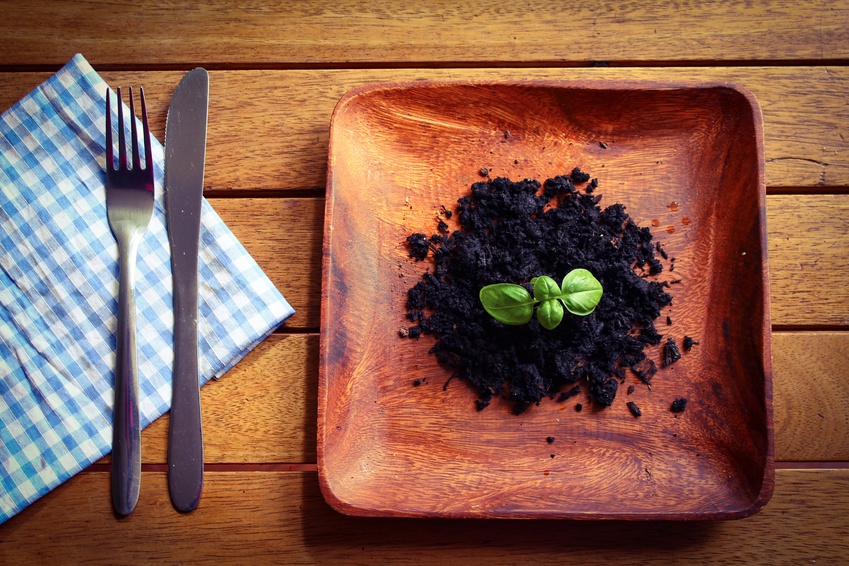Share This
Over the weekend, I watched an episode of the Netflix original series Chef’s Table, featuring award winning New York chef Dan Barber. What captivated me about this particular episode, and this chef, was the way in which he discussed the “farm-to-table” movement in a completely new way. What really got my attention was his trip out to Lakeview Organic Grain Farm in Penn Yan, New York, where he discovered the science behind great tasting grains.
Barber talks first about how the Western civilization was built on wheat. In an interview with the Peninsula Open Space Trust, he elaborates on the “wheat culture,” stressing that we eat more wheat than almost anything else, with grains making up 65% of our agricultural output. But, the caveat is that we eat what Barber calls, “dead wheat” – or the long lasting, shelf-stable wheat harvested from denuded soil that agribusiness embraces. What we lose in all of this is the flavor and nutrition of true whole wheat.
What Barber has discovered is, “the more life there is in the soil, the more potential you have for the creation of flavor.” To return life to the soil, farmers need to plant less-coveted cover crops that work together to restore fertility to the land. Planting less-coveted grains like millet, barley, and rye on a meticulously planned rotation schedule determines the quality of the soil, which means these cover crops determine the flavor of the harvests.
In his New York Times Opinion piece, Barber admitted to initially treating the farm like a grocery store by cherry-picking what he wanted most for his menu without supporting the whole farm, which is a vital mistake that almost all restaurants make. He writes, “Yes, I was creating a market for local emmer wheat (farro), but I wasn’t doing anything to support the recipe behind it.” By creating a market for those cover crops he mentioned, we support the farmers, as well as support the long-term health of both our diet and our land.
The idea evokes a new food revolution, or an old one depending on how you look at it. In his book, The Third Plate, Barber illustrates that this way of eating is rooted in worldwide tradition. He envisions the ‘third plate’ as, “an integrated system of vegetable, grain, and livestock production that is fully supported—in fact, dictated—by what we choose to cook for dinner. The Third Plate is where good farming and good food intersect.”
His takeaway point is that American cuisine is in need of a radical transformation. If we are going to change the food system, we have to change the way we grow and consume wheat. Lakeview Organic owner, Klass Martens, assured Barber, “The secret to great-tasting wheat is that it’s not about the wheat. It’s about the soil.”
What are your thoughts on the “farm-to-table” movement? Do you know of any farms that are following the example set by Lakeview Organic?
(Harley)


Add a Comment